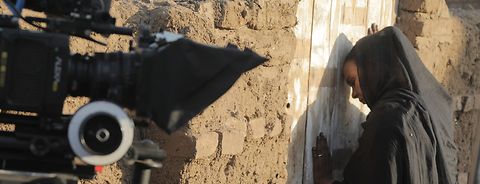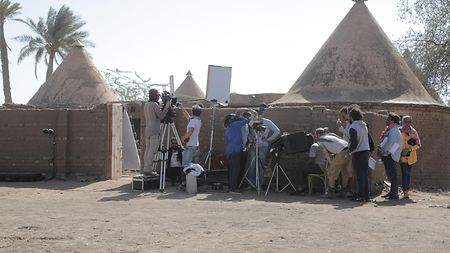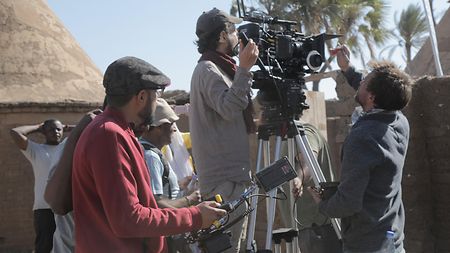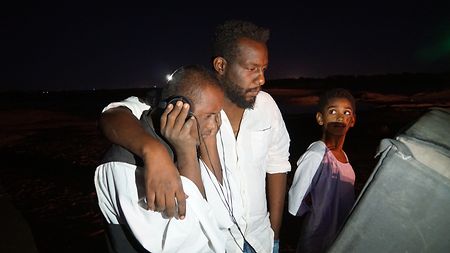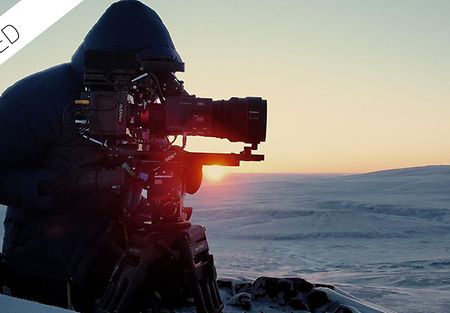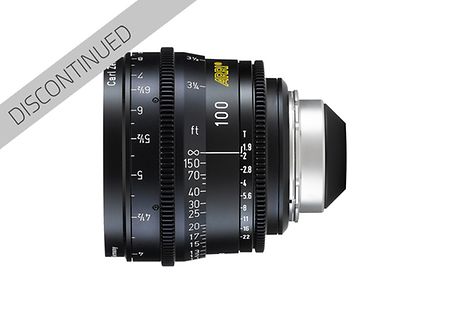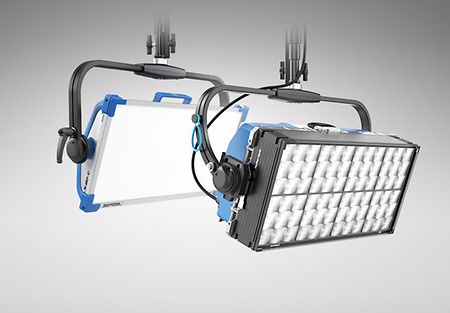Sudan selected “You Will Die At Twenty” as its first-ever Oscar entry. Amjad Abu Alala’s first feature film was captured by Sébastien Goepfert with ARRI ALEXA Mini camera and Ultra Prime lenses from 16 to 135 mm, stabilized with TRINITY operated by Matthieu Lornat, and lit with M-Series, SkyPanels, Tungsten, and other lights. The project had been selected by ARRI’s International Support Program. Premiering at the 2019 Venice Film Festival, the film was awarded with the Lion of the Future for the Best First Feature, followed by more than 20 awards at other festivals around the world—and now there is a chance for the 2021 Academy Award for Best International Feature Film.
Amjad Abu Alala describes the decision by Sudan’s AMPAS-approved selection committee as “a historic beacon of hope”: “‘You Will Die At Twenty'’ is only the eighth feature film ever produced in Sudan. It’s unthinkable that a country of incredibly rich heritage and deeply rooted culture has only yielded eight films in over a hundred years.”
Set in a Sudanese village, “You Will Die At Twenty” opens with a mother who gives birth to Muzamil, a boy cursed by a Dervish prophecy that he will die at 20. Muzamil grows up surrounded by looks of sympathy, until Suleiman, a cinematographer who has worked in the city, returns. Suleiman’s cinema projector opens a window to a new world for Muzamil. In time, he comes to doubt the prophecy. When his 20th birthday arrives, he is torn between death and a bus to the world he is eager to know about.
